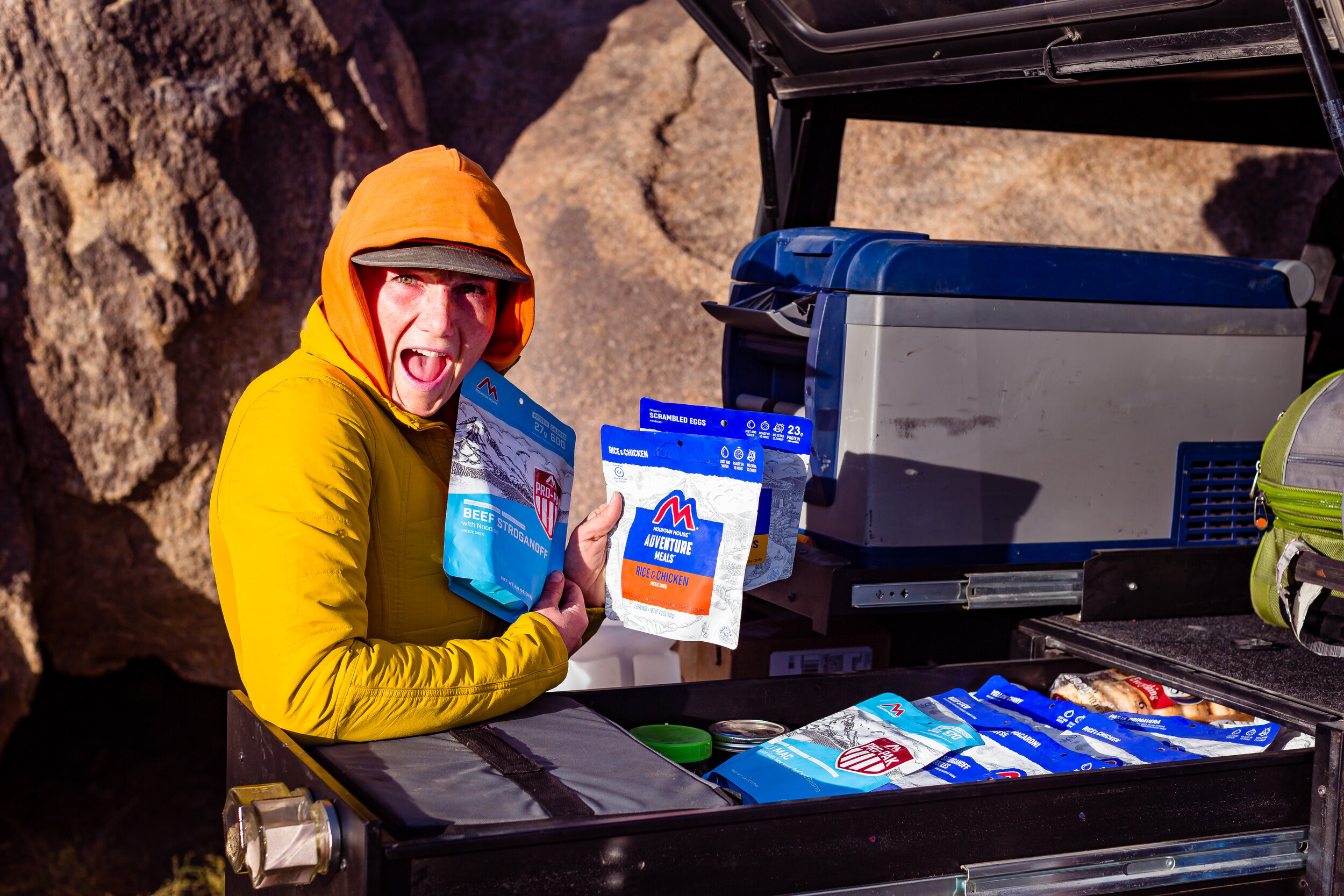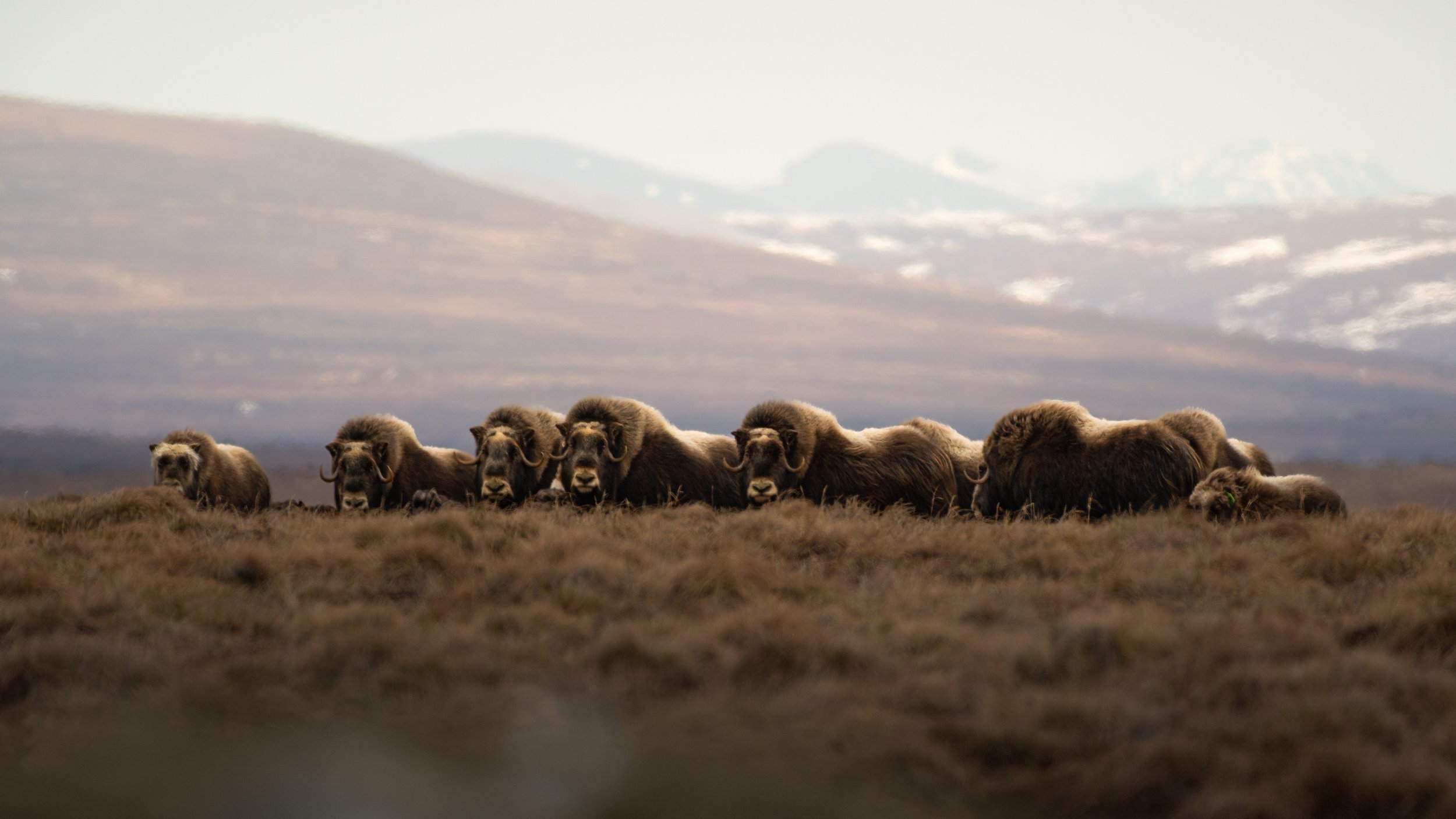A Castle In The Sky: The IKamper Skycamp 2.0 Review

It is 1:45 am and the small stream next to our remote, northwest-Vancouver Island beach campsite has risen by more than a meter. The rainstorm, which has been dropping more than 40mm of water an hour for the last 3 hours, only appears to be getting worse. We are on a rocky, elevated site, so we are not worried for our safety. But perhaps more remarkable is how dry and warm we are in our treehouse-like iKamper Skycamp 2.0 hardshell roof-top-tents.
Outside of places like the Serengeti and Alaska where height provides additional safety from lions and tigers and bears, the core value proposition of a roof-top-tent has been convenience, namely, that it is easier and faster to setup and take-down a roof top tent than a traditional tent. Unfortunately with the vast majority of roof top tents this is not the case, particularly those with non-rigid synthetic tops that must be strapped and tied down and also require scrambling up and down and around your vehicle to set up and take town.
The rigid-top design of the Skycamp 2.0 solves for all of this by giving the walls and roof of the tent something strong and rigid to be attached to at multiple points.
By the second night of our three night shoot at Side Bay, an unexpected but planned-for storm had arrived, and it was a mad scramble to secure all of our gear inside vehicles and to put up our tents which took less than 2 minutes and was nearly as fast as the pop-up Vanagon even in high winds.
The arrival of the storm had also resulted in a temperature drop of nearly 20 degrees Fahrenheit, but inside of our Skycamp we stayed warm thanks to the poly-cotton walls and the polyfoam mattress, now double that thickness from the Skycamp 1.0. The size of the tent also allowed our entire crew to gather for the continuation of our cribbage tournament, and fit five people inside snugly, but comfortably.
A finally, as a matter of personal preference we find the aesthetics of the Skycamp 2.0, particularly when stowed, to be superior to that of non-rigid, canvas and/or synthetic “topped” rooftop tents which must be strapped or zipped in place, and therefor look messy and lumpy.
In contrast the clean, simple lines of iKamper Skycamp work wonderfully with the both the angular, boxy Jeeps and the curved designs of modern SUVs. And black is, of course, slimming.
Later that night my partner remarked that the sound of the rain on the hardshell reminded her of the family cabin she would visit at a child, where the frequent northern BC storms would pound on the metal roof. Now the sound of the rain on the roof of the Skycamp and the sounds of the waves crashing nearby became a kind of white noise that lulled us into a deep, restful sleep, safe and secure in our elevated fortress.














